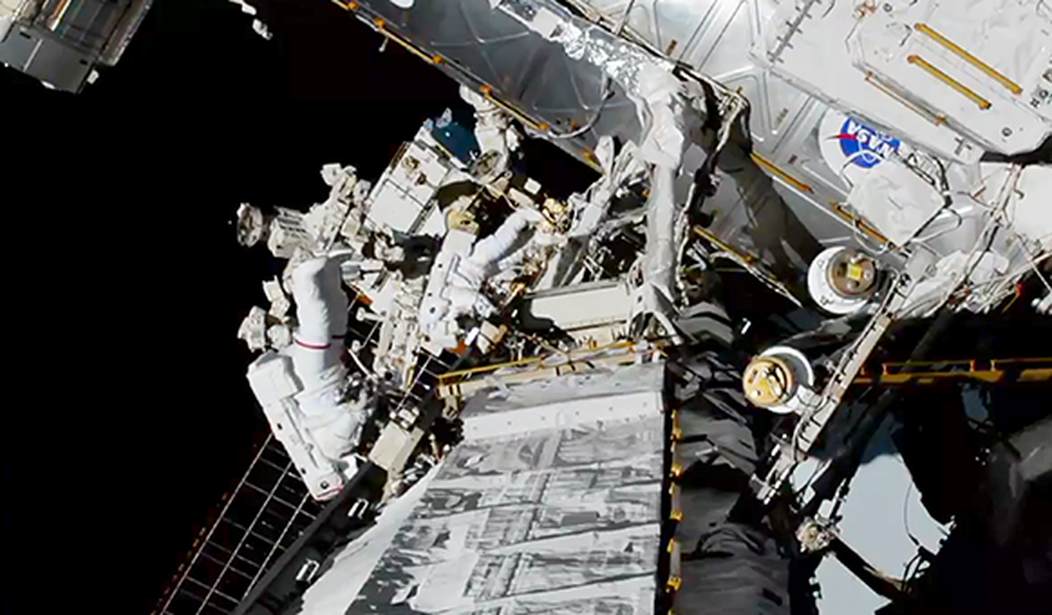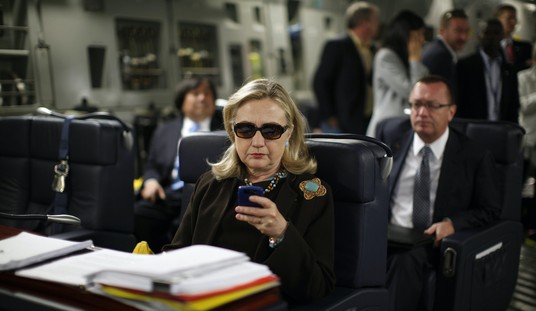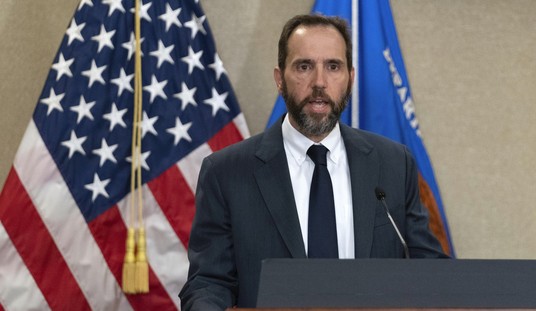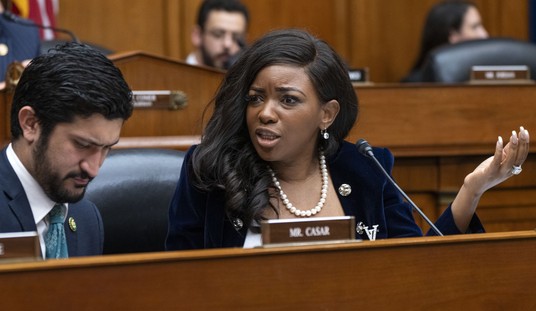Elon's planned space station. With a swimming pool.
I think our theme today is that space is really cool. Deep, huh? Philosophy majors, I tell ya.
Four new crew members are on their way to the @Space_Station!
— NASA (@NASA) August 1, 2025
NASA's SpaceX Crew-11 mission lifted off from @NASAKennedy at 11:43am ET (1543 UTC). They'll spend several months in orbit exploring new scientific frontiers: https://t.co/iByvCaaTPt pic.twitter.com/a58mXySs3F
Some of the ways the cool pictures come to us.
Trying to dispel myths about astrophotos is a challenge. The presumption that everything in space is gray and color needs to be added manually has been hammered into people by years of poor science communication.
— Andrew McCarthy (@AJamesMcCarthy) July 30, 2025
Space is colorful, folks! pic.twitter.com/j5nTMo6t73
It's a bit of a puzzle to talk about what is or isn't false color. Space is colorful, but our eyes often can't see it. We get long exposures and processing of one sort or another to bring out details. Click through, because X won't apparently let me embed all the pictures in this thread.
With the upcoming release of my pinwheel galaxy shot, I'm expecting the common question: Where do the colors come from?
— Andrew McCarthy (@AJamesMcCarthy) June 11, 2023
This question frustrates me because it's something that is very poorly taught. Even google gets it wrong. So I'll do my best to explain it as well as I can. pic.twitter.com/qe5sLzkFCO
As Andrew says, our eyes can't pick up what things really look like because they can't gather enough light, and they don't do long exposures.
This really isn't Andrew McCarthy all the time. But one more.
The pillars of creation tends to hog all the glory, but this beautiful column of gas next to it is incredible in its own right. I captured this using the 12" scope I have in my backyard under suburban light pollution.
— Andrew McCarthy (@AJamesMcCarthy) July 28, 2025
Btw it's 10 light years long pic.twitter.com/u7aZSQqbSP
See, here's someone else.
Venus passing between the Sun and Earth
— Curiosity (@MAstronomers) July 27, 2025
📸 Emil Ivanov☀ pic.twitter.com/3CaCtrOn0u
Sun's out. Very out.
Coronal mass ejection on the Sun
— Black Hole (@konstructivizm) August 1, 2025
Video created from images taken by the Solar Dynamics Observatory (SDO) on August 31, 2012 pic.twitter.com/XUeybCiLl2
But wait 'til it grows up.
IC 410: the Tadpole in Auriga © cosmic_background https://t.co/90dUWHuczR pic.twitter.com/g0ShnKJVR8
— Julio Maiz (@maiz_julio) August 1, 2025
The Hubble Deep Field has an interesting story behind it. As many of you remember, Hubble went into orbit with a flawed mirror that required a Shuttle mission to repair. Afterward, they needed something to demonstrate what it could do. Here's my research assistant with the story.
The Hubble Deep Field (HDF) photograph, taken in 1995, is one of the most iconic images in astronomy, revealing thousands of galaxies in a tiny patch of sky. Here's the story behind it:
In the mid-1990s, astronomers faced a challenge: the Hubble Space Telescope, despite its early optical issues (fixed in 1993), was in high demand, with observation time tightly scheduled. However, Robert Williams, then director of the Space Telescope Science Institute, proposed a bold idea: use Hubble’s discretionary time to stare at a single, seemingly empty patch of sky for an extended period to capture faint, distant objects. This was risky—devoting 10 days of telescope time to a spot with no guaranteed results was controversial, as many argued it could be a waste if nothing significant appeared.
The chosen patch was in the constellation Ursa Major, about the size of a pinhead held at arm’s length, deliberately selected to avoid bright stars, nearby galaxies, or other obstructions. From December 18 to 28, 1995, Hubble took 342 exposures using its Wide Field and Planetary Camera 2, totaling over 100 hours of observation. The images were combined to create a single, deep view of the universe.
The result was staggering: the HDF revealed nearly 3,000 galaxies, some dating back over 12 billion years, close to the universe’s infancy. It showed galaxies in various stages of evolution—spirals, ellipticals, and irregulars—offering a glimpse into cosmic history. The image challenged assumptions, showing that galaxies were more numerous and varied than expected, and it provided data on galaxy formation, the early universe, and the rate of star formation.
The HDF’s success led to follow-up projects like the Hubble Ultra Deep Field (2004) and inspired similar deep-space observations. It remains a landmark in astronomy, proving the value of curiosity-driven science and showcasing the universe’s vastness and beauty.
Here's what the James Webb Space Telescope made of the same chunk of sky.
JWST revisited Hubble Ultra Deep Field
— Black Hole (@konstructivizm) August 1, 2025
This image from the NASA/ESA/CSA James Webb Space Telescope revisits one of the most iconic regions of the sky, the Hubble Ultra Deep Field, through the eyes of two of Webb’s instruments.
The result is a detailed view that reveals thousands… pic.twitter.com/zmT0LfGPDg
Sibling rivalry for the win. But Hubble is doing great stuff as well.
Galaxies galore!
— Hubble (@NASAHubble) August 1, 2025
While the main focus of this new #HubbleFriday view is the massive spiral galaxy NGC 1309, nearly every other point of light seen here is a whole other galaxy – some shining through less dense regions of NGC 1309 itself: https://t.co/84vpou5hUQ pic.twitter.com/j07qqg8MaT
This is 100 billion to 200 billion stars, the usual galaxy. But as it says, the other lights are also galaxies — trillions of stars, and trillions of worlds around them.
Black holes are vicious.
Scientists have managed
— We don't deserve cats 😺 (@catsareblessing) July 31, 2025
to film how a black hole absorbs matter pic.twitter.com/MO6ZF1XbtH
Okay, it's not really astronomy, but I couldn't resist.
As always, come back next week for more Sky Candy. And comment, let me know people are reading these.










